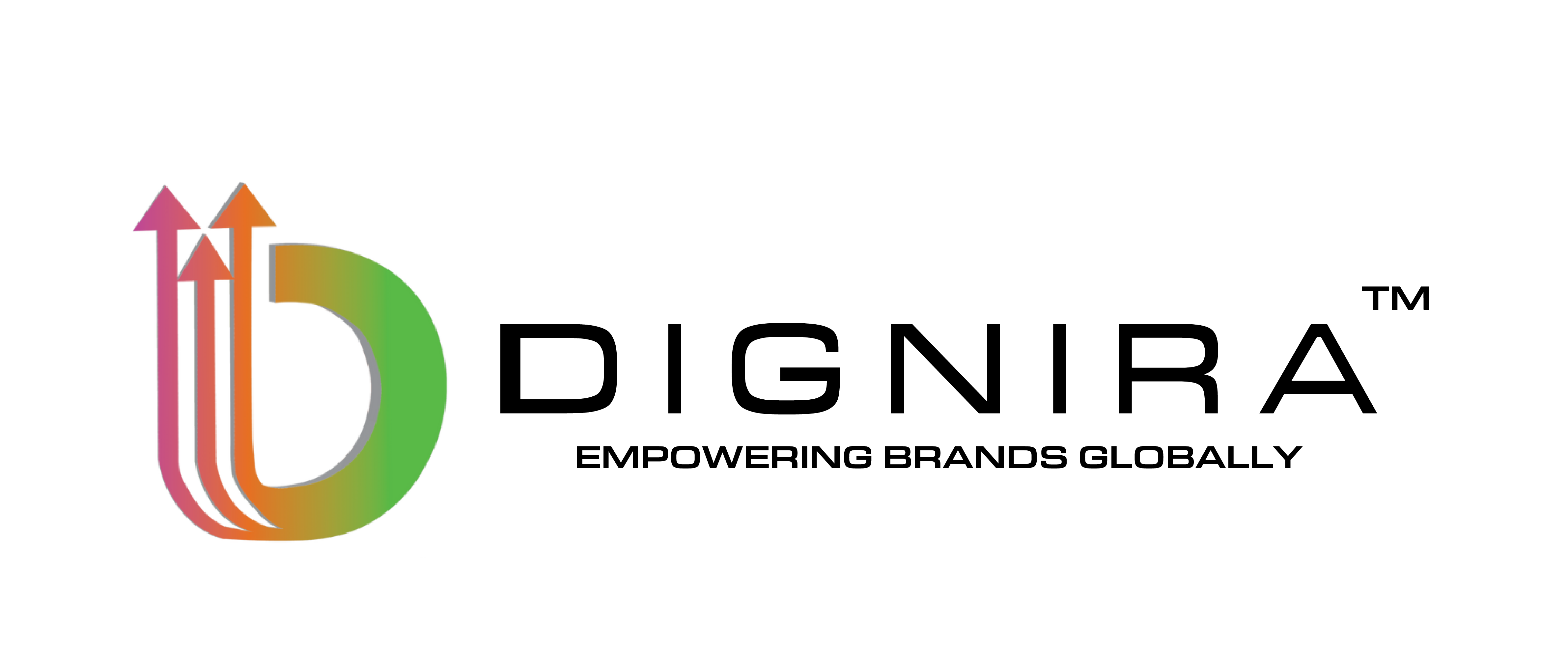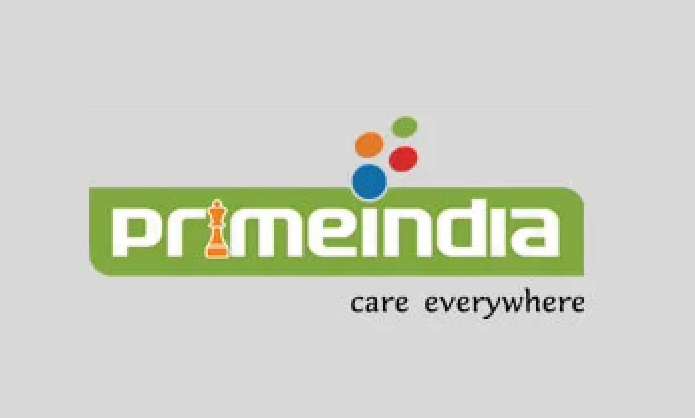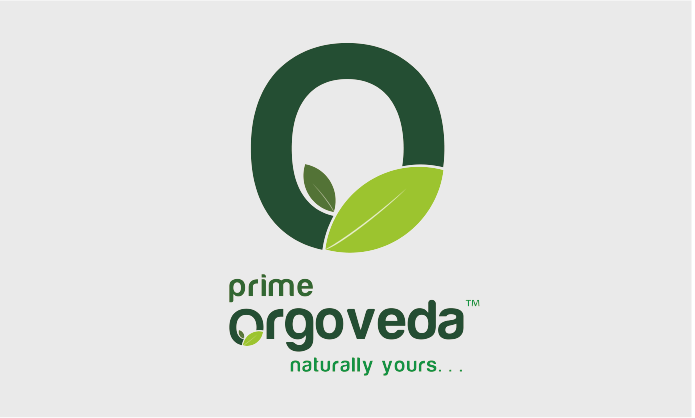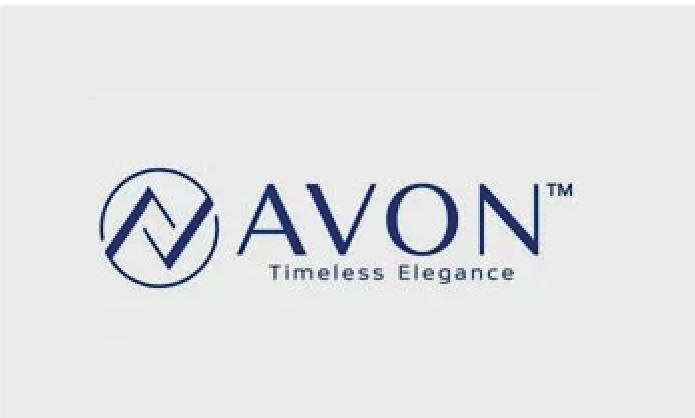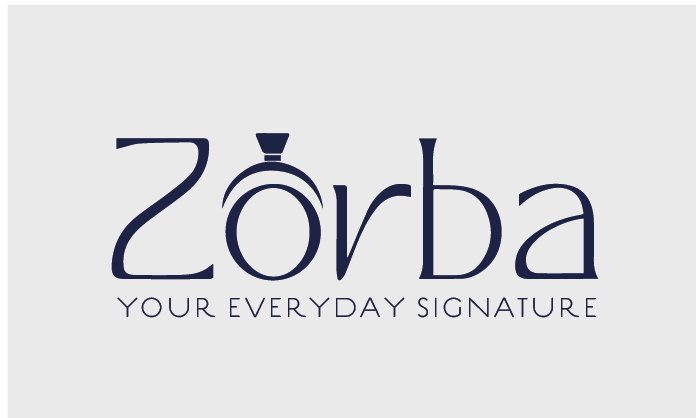Introduction
In today’s digital age, having a strong online presence is essential for any business’s success. Google, the world’s most popular search engine, plays a critical role in helping businesses connect with potential customers. Ranking high on Google search results can significantly boost your visibility, attract targeted traffic, and drive more leads to your website. However, achieving a top rank on Google requires more than just creating a website—it demands a well-structured SEO strategy. This blog will guide you through actionable steps to improve your Google rankings effectively.
Understanding SEO Basics
Search Engine Optimization (SEO) is the practice of optimizing your website to rank higher in search engine results. It involves various on-page and off-page techniques to make your website relevant and authoritative in Google’s eyes.
Key SEO Basics to Master:
- Keyword Research: Identify high-traffic keywords your audience is searching for using tools like Google Keyword Planner or SEMrush.
- Optimizing Meta Tags: Craft compelling meta titles and descriptions using primary and secondary keywords to increase click-through rates.
- Content Quality: Publish unique, engaging, and informative content that directly addresses your audience’s needs.
Pro Tip: Use long-tail keywords like “best SEO tips for small businesses” to target niche audiences effectively.
Creating High-Quality Content
Content is the backbone of your SEO strategy. Google prioritizes websites that consistently deliver valuable and well-structured content.
Tips for Crafting SEO-Friendly Content:
- Focus on User Intent: Address common questions or problems your audience faces.
- Strategic Keyword Placement: Include your target keywords naturally in the title, headings, introduction, and throughout the content.
- Long-Form Content: Create detailed articles (1,500+ words) to provide comprehensive answers.
- Enhance with Visuals: Incorporate images, infographics, and videos to increase engagement.
Example of Keyword Placement:
| Keyword | Placement Examples |
| “Best Digital Marketing Tips” | Title, headings, introduction, and image alt texts. |
| “SEO for Small Businesses” | Conclusion, CTA, and FAQ section. |
Improving Technical SEO
Technical SEO ensures that your website is optimized for crawling and indexing by search engines, improving its overall performance.
Essential Technical SEO Factors:
- Site Speed: Use tools like Google PageSpeed Insights to ensure fast loading times.
- Mobile Optimization: Implement responsive design to enhance mobile user experience.
- Structured Data: Add schema markup to improve search engine understanding of your content.
Pro Tip: Compress images and enable browser caching to reduce loading times.
Building Backlinks
Backlinks, or links from other websites to yours, act as a vote of confidence for your content. They show Google that your site is authoritative and trustworthy.
How to Earn Backlinks:
- Create Shareable Content: High-value content like guides, research, and infographics encourages other websites to link to you.
- Guest Blogging: Write articles for well-known websites in your field and include links to your own site.
- Leverage Social Media: Share your content across platforms to attract more visitors and increase the chances of getting backlinks.
Monitor Your Progress
To ensure your SEO efforts are paying off, regularly track your website’s performance using tools like Google Analytics and Search Console.
Metrics to Monitor:
- Organic Traffic: Use Google Analytics to measure the number of visitors coming from search engines.
- Bounce Rate: Analyze user engagement to understand how long visitors stay on your site.
- Keyword Rankings: Track the performance of your primary keywords using tools like Google Search Console.
Pro Tip: Regularly check for broken links and fix them to maintain site health.
Consistency is Key
SEO is not a one-time task but an ongoing process. To maintain and improve your rankings, consistently update your website with fresh, relevant content.
Example of a Content Strategy Plan:
| Task | Frequency |
| Publish New Blog Posts | Weekly |
| Update Existing Content | Quarterly |
| Conduct SEO Audits | Monthly |
Conclusion
Ranking your business on Google is not an overnight process, but with consistent effort and the right strategies, it’s achievable. By focusing on quality content, technical optimization, and building strong backlinks, you can steadily improve your rankings and attract the audience your business deserves. Start implementing these tips today to boost your online visibility!
